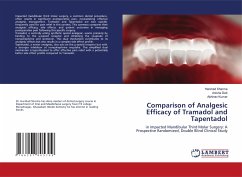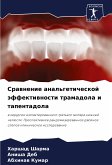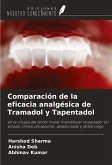Impacted mandibular third molar surgery, a common dental procedure, often results in significant postoperative pain, necessitating effective analgesic management. Tramadol and Tapentadol are two opioids frequently used for pain relief in this context. This summary compares their analgesic efficacy, side effects, and patient outcomes in managing postoperative pain following this specific surgery.Tramadol, a centrally acting synthetic opioid analgesic, works primarily by binding to the mi-opioid receptor and inhibiting the reuptake of norepinephrine and serotonin. This dual mechanism contributes to its analgesic effects but also results in a complex side effect profile.Tapentadol, a newer analgesic, also acts on the mi-opioid receptor but with a stronger inhibition of norepinephrine reuptake. This simplified dual mechanism is hypothesized to offer effective pain relief with a potentially better side effect profile compared to Tramadol.








